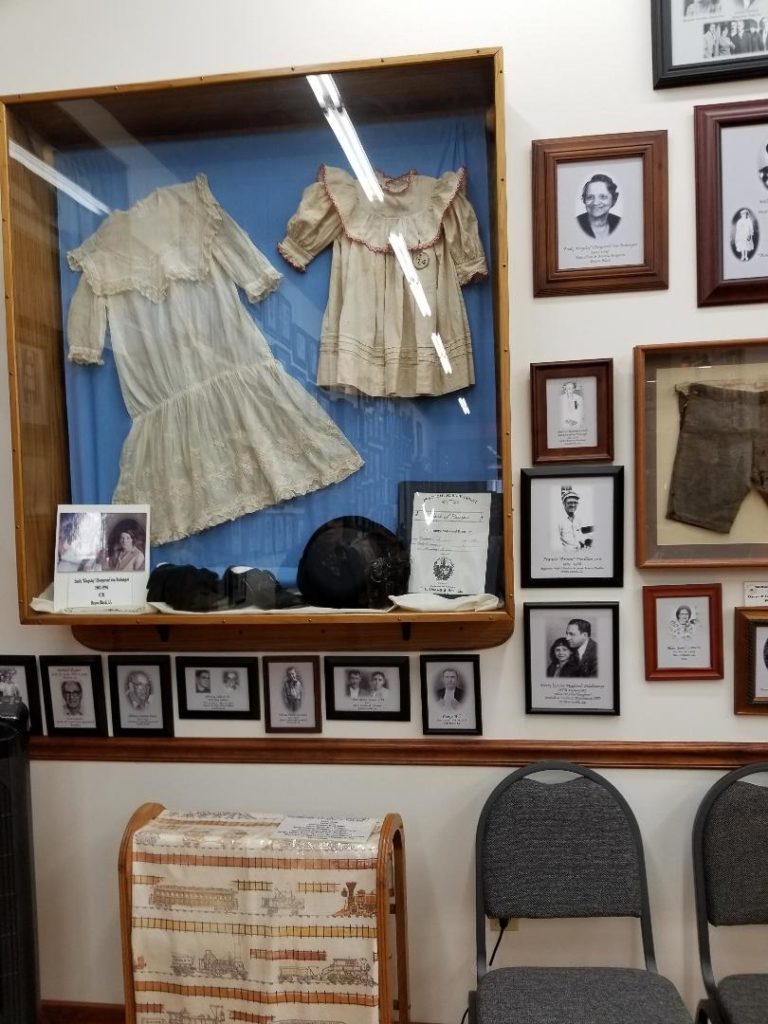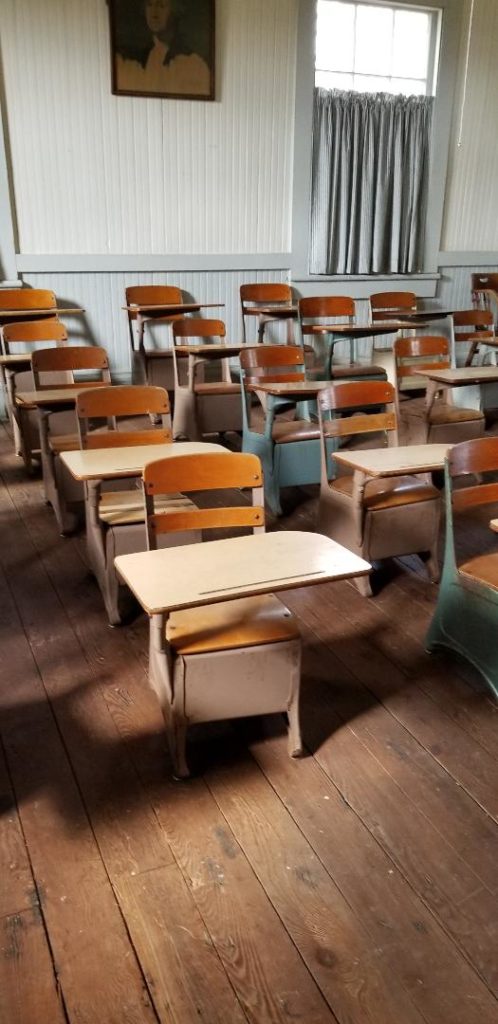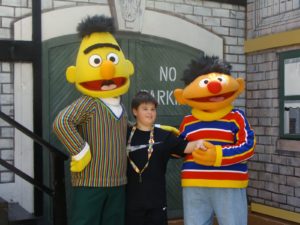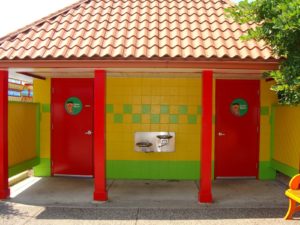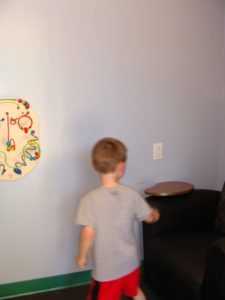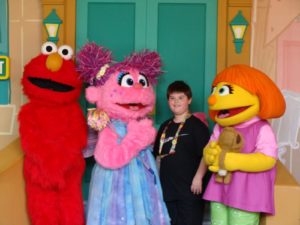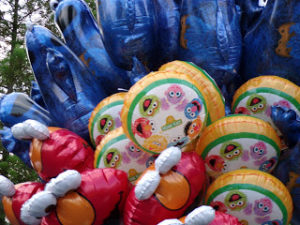Louisiana has brought about many changes in my life. One important one is the fact that I have gotten involved more in my community. I joined my library’s book club. I love to read and it was a chance for me to get together with some wonderful ladies and talk about the book. I enjoy reading so much that this was a natural fit for me.
We recently read the book the Orphan Train and one of the ladies found out that the Orphan Train Museum was close by so we hit the road for a visit. The Orphan Train Museum is located in Opelousas, LA. It is also interesting to visit places that you read about because you are never sure about the book versus the expectations of the place.
When we entered the museum the volunteer there offered to give us a tour. She asked us if we knew anything about the orphan train and we answered we had read the book.
The orphan train arose out of a desire to take homeless children off the streets of large cities, the biggest of them being New York, and find them a place to live. The two agencies that spearheaded this campaign was the Children’s Aid Society and the Foundling Hospital of New York. These are both in existence today, being from New York, I looked at the pictures of the buildings and recognized them immediately. These agencies worked together to send children, who had parents but they could not take care of them to homes around the country. The Children’s Aid Society, according to the poster sent 79 children to Louisiana. The Foundling Hospital, a Catholic Institution, that was started by Sister Mary Irene Fitzbibbons, a former New York socialite, sent more than 2,000 children.
We first learned that the children who were at the Foundling Hospital were well taken care of. Many of the mothers who left their children were poor immigrants, and sometimes it was doubted that these might be the children’s real mothers. Most of the orphans were not formally adopted. They were treated in many ways as indentured servants. The rules stated that the boys could work on the farm but that these children should be treated like their own children. They should be afforded the same living conditions and educational opportunities. The families were told that the children could be removed if they were not treated fairly. The Foundling Hospital sent a person once a year to check on the children.
Our expert guide told us that these children grew up got married and had children but never spoke about being part of the orphan train. Back in the 1900s, it was a shameful thing so not until they passed away did their families learn about their past.
We were told an interesting story about two Georges that rode the train. One George rode with his sister Agnes, who was six. Well, a mix up happened on the train and the Georges got mixed up. Agnes tried to tell the family she was with that this George was not her brother, but she spoke English and her new family spoke French. It was not until later when the annual visitor came did learn of the mistake. By this time both boys had bonded with their respective families, they were kept apart until they grown and then found each other.
There were many stories of the orphan riders, some of whose pictures were on the wall. The most famous orphan train rider was a football coach at of smaller universities who had a stadium named after him. Nobody knew until he was older that he was an orphan train rider. Many of the orphan train riders became nuns.
We saw many of donated artifacts, mostly clothing the children wore and the numbered tags that were pinned to their clothes so their new families would know them. These clothes were hand made by the nuns at the Foundling Hospital.
After listening to these stories you have to wonder was this a good idea. These children were living in on the streets in big cities and this provided them an opportunity to be taken in by wanted families. I think that the founders gave us the basis for what we have in today’s foster system, but they keep track of everything on paper and did a good job of it. If you were expecting horror stories we did not hear that. There was one story of a young boy who was not being treated well and the neighbors told the family if they did not treat him better they would take him away, and they did.
These agencies had the best intentions in mind. I really wished that we could have learned more from these individuals and that shame was what they should have been feeling. This story resonated with me, as I had made my own journey from New York to Louisiana and I am an orphan also and faced many of the same challenges as these young children. Coming to a new place and not knowing the culture is so difficult. I believe that these agencies wanted to save the children from poverty and give them a chance at a better life, and most got that.
I was honored to be able to learn about this crucial part of our history, and I hope that more individuals will visit and take their children.
Thank you to my friends at the Libuse Library for taking me on this adventure.

